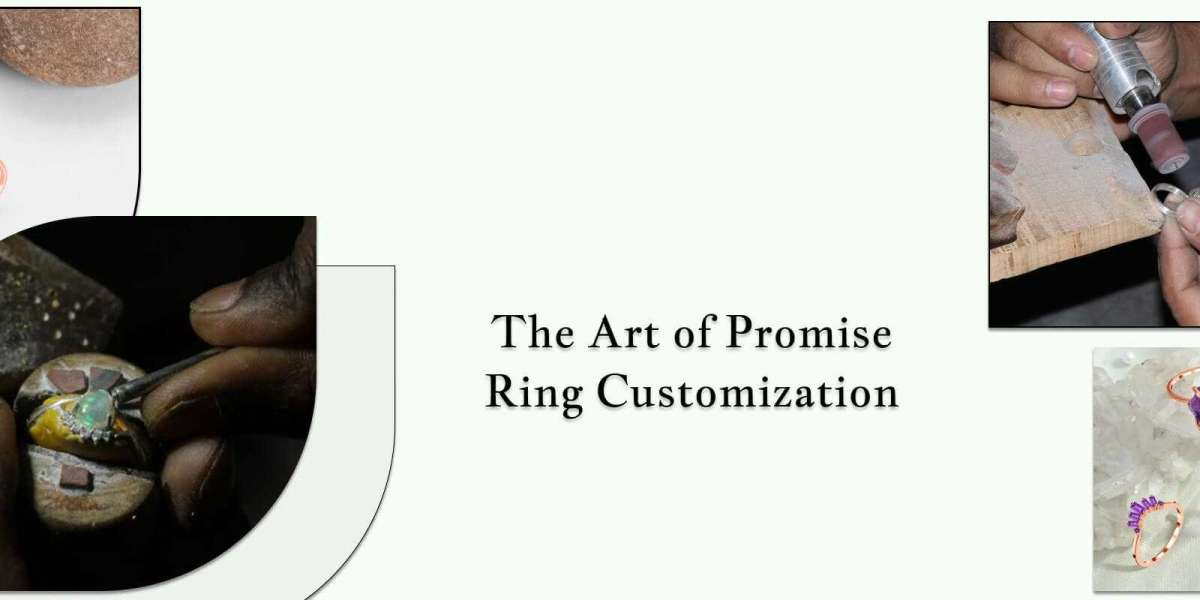When it comes to orthodontic treatments, choosing between Invisalign and traditional braces is a significant decision that impacts both your smile and your wallet. The question "Is Invisalign more expensive than braces?" often arises as people weigh their options for achieving a straighter smile. This article delves into the cost comparison, benefits, and considerations of both Invisalign and braces to help you make an informed choice.
Understanding Invisalign and Traditional Braces
Before we dive into the costs, it's essential to understand the fundamental differences between Invisalign and traditional braces. Invisalign uses a series of clear, removable aligners to gradually move teeth into their desired position. These aligners are custom-made from BPA-free plastic, making them a discreet option for teeth straightening. Traditional braces, on the other hand, consist of metal brackets and wires affixed to the teeth, which are periodically tightened by an orthodontist to guide the teeth into place.
Cost Factors of Invisalign
The cost of Invisalign treatment can vary widely depending on several factors. These include the complexity of the case, the length of treatment, and the specific pricing policies of the dental practice. Generally, the cost of Invisalign ranges from $3,000 to $7,000. Here are some key factors that influence the price:
- Severity of Misalignment: More severe cases requiring extensive adjustments typically cost more.
- Duration of Treatment: Longer treatment durations mean more aligners and higher costs.
- Geographic Location: Prices can vary significantly based on the location of the orthodontic practice.
- Dental Insurance: Some insurance plans cover a portion of Invisalign treatment, reducing out-of-pocket expenses.
Cost Factors of Traditional Braces
Traditional braces also come with a range of costs, generally between $2,500 and $6,000. The price depends on similar factors as Invisalign, such as the complexity of the case and the length of treatment. However, some additional factors specific to braces include:
- Material of Braces: Metal braces are typically less expensive than ceramic or lingual braces.
- Adjustments and Maintenance: Regular visits to the orthodontist for adjustments can add to the overall cost.
- Insurance Coverage: Many dental insurance plans offer coverage for traditional braces, which can help offset the cost.
Comparing the Costs: Invisalign vs. Braces
When comparing the costs of Invisalign and traditional braces, it's clear that both treatments can be expensive, but several nuances affect their overall expense:
- Upfront Costs: Invisalign often has higher upfront costs due to the custom manufacturing of aligners. Traditional braces may have lower initial fees but can incur additional costs over time for adjustments and maintenance.
- Insurance Coverage: Both treatments can be partially covered by dental insurance, but coverage specifics can vary. It's essential to check with your insurance provider to understand your benefits.
- Payment Plans: Many orthodontists offer payment plans that can make either option more affordable by spreading the cost over several months or years.
Benefits Beyond Cost
While cost is a significant factor, it's not the only consideration when choosing between Invisalign and traditional braces. Here are some additional benefits and drawbacks of each option:
Invisalign Benefits:
- Aesthetics: Invisalign aligners are virtually invisible, making them a popular choice for adults and teens concerned about the appearance of braces.
- Comfort: The smooth plastic aligners are generally more comfortable than metal braces, with fewer mouth sores and irritation.
- Convenience: Invisalign aligners can be removed for eating, brushing, and flossing, allowing for better oral hygiene and fewer dietary restrictions.
Invisalign Drawbacks:
- Discipline Required: Patients must wear the aligners for 20-22 hours per day and must be diligent about switching to new aligners as prescribed.
- Limited Applicability: Invisalign may not be suitable for very complex cases that require more significant adjustments.
Traditional Braces Benefits:
- Effectiveness: Braces are highly effective for treating a wide range of orthodontic issues, including severe misalignments.
- No Discipline Needed: Since braces are fixed in place, there's no need to remember to wear them, ensuring consistent treatment.
Traditional Braces Drawbacks:
- Aesthetic Concerns: Metal braces are noticeable, which can be a concern for some individuals.
- Discomfort: Braces can cause discomfort, especially after adjustments, and may lead to mouth sores.
Personal Experiences and Testimonials
Many individuals who have undergone orthodontic treatment with either Invisalign or braces have shared their experiences. Testimonials often highlight the importance of considering lifestyle, comfort, and personal preferences alongside cost. For instance, a busy professional might prioritize the discreet appearance of Invisalign, while a teenager might be more concerned about the overall effectiveness and cost of traditional braces.
Conclusion
So, is Invisalign more expensive than braces? The answer is not straightforward and depends on various factors, including the complexity of your dental issues, the duration of treatment, and your geographic location. While Invisalign tends to have higher upfront costs, traditional braces can also accumulate significant expenses over time.
Ultimately, the best choice between Invisalign and traditional braces depends on your specific needs, lifestyle, and budget. Consulting with an orthodontist can provide personalized insights and help you decide the most suitable option for achieving a beautiful, healthy smile.
FAQs
Can dental insurance cover Invisalign or braces?
Yes, many dental insurance plans cover part of the cost for both Invisalign and traditional braces. It's essential to check with your insurance provider to understand your coverage and any limitations.
Are Invisalign results as effective as braces?
Invisalign can be as effective as braces for many orthodontic issues, but very complex cases might require traditional braces for the best results. Consult with an orthodontist to determine the best treatment for your needs.
How long does Invisalign treatment take compared to braces?
The duration of Invisalign treatment can vary but typically ranges from 12 to 18 months. Traditional braces usually require 18 to 24 months. The exact duration depends on the severity of the misalignment and the patient's adherence to the treatment plan.
Are there any dietary restrictions with Invisalign?
One of the advantages of Invisalign is that there are no dietary restrictions. You can remove the aligners when eating, allowing you to enjoy all your favorite foods. Traditional braces, however, require avoiding certain hard and sticky foods that can damage the brackets and wires.
Is Invisalign suitable for all ages?
Invisalign is suitable for both teens and adults. Invisalign Teen is designed specifically for younger patients, including features like compliance indicators to ensure proper wear time.
What happens if I lose an Invisalign aligner?
If you lose an aligner, contact your orthodontist immediately. They will advise you on the next steps, which may include wearing the previous set of aligners or moving on to the next set while a replacement is made.













